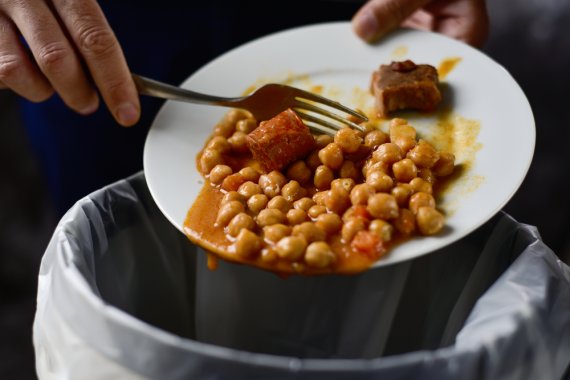This is the conclusion of a study carried out by Wageningen Economic Research. Greater wealth equals higher food waste.
Organisations such as the FAO hitherto assumed that one-third of the world’s food supply is wasted. In poorer countries, more food is wasted during production and storage, while in more affluent countries, food is wasted by consumers and supermarkets, the rule of thumb stated.
Tossing out
However, an investigation led by Monika van den Bos Verma shows that consumers may throw out much more food than previously assumed. She used data provided by the FAO, the World Bank and the World Health Organisation (WHO) to calculate that in the year 2005, 527 kilocalories worth of food was wasted per person each day. This is more than twice the amount previously calculated by the FAO.
Middle class
Van den Bos also discovered that food waste increases once consumers spend more than 6.70 USD per day. Once past this sum, food waste rapidly rises, to level out later on. This result implies that wealthy countries waste the most, but that countries that see a new middle class emerge are confronted with a rapid increase in food waste. To reduce food waste, we should not just focus on wealthy countries, but also on emerging economies, Van den Bos and her colleagues conclude in a publication in Plos One.
This study is the first to link wealth and food waste on a global scale. As wealth increases, consumers discard more food.

 Photo: Shutterstock
Photo: Shutterstock